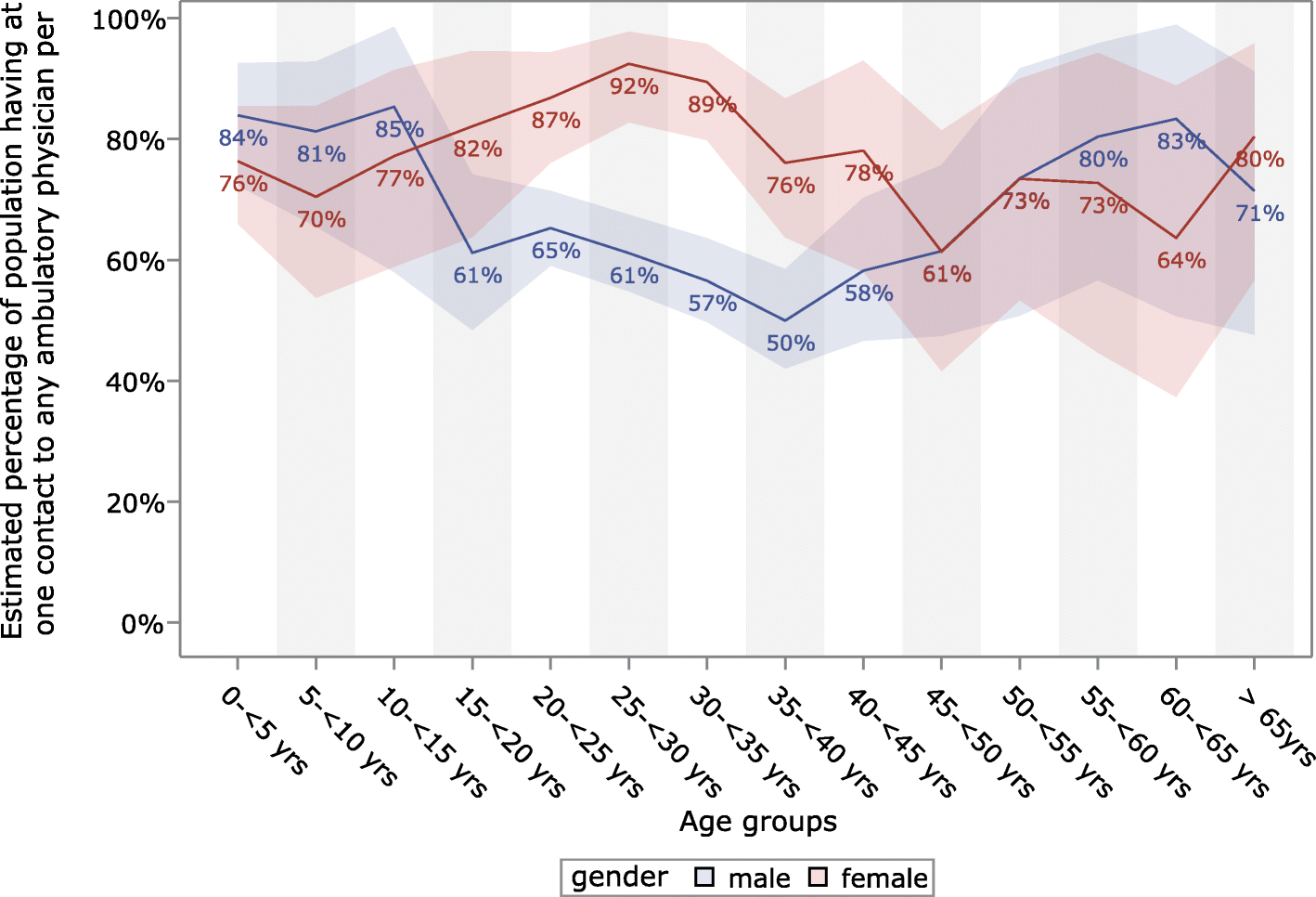Outpatient health care utilization and health expenditures of asylum seekers in Halle (Saale), Germany - an analysis of claims data
This is an original research article published with BMC Health services research in 2020 as part of my dissertation.


- Research article, Open access, Published: 20 October 2020,
- Andreas Niedermaier, Anna Freiberg, Daniel Tiller, Andreas Wienke & Amand Führer
- BMC Health Services Research volume 20, Article number: 961 (2020) Cite this article
Abstract
Background
Asylum seekers are a vulnerable group with special needs in health care due to their migration history and pre-, peri- and postmigratory social determinants of health. However, in Germany access to health care is restricted for asylum seekers by law and administrative regulations.
Methods
Using claims data generated in the billing process of health care services provided to asylum seekers, we explore their utilization of health care services in the outpatient sector. We describe the utilization of outpatient specialties, prevalences of diagnoses, prescribed drugs and other health care services, as well as total costs of health care provision.
Results
The estimated prevalence for visiting an ambulatory physician at least once per year was 67.5% [95%-Confidence-Interval (CI): 65.1–69.9%], with a notably higher prevalence for women than men. The diagnoses with the highest one-year prevalence were “Acute upper respiratory infections” (16.1% [14.5–18.0%]), “Abdominal and pelvic pain” (15.6% [13.9–17.4%]) and “Dorsalgia” (13.8% [12.2–15.5%]). A total of 21% of all prescriptions were for common pain killers. Women received more diagnoses across most diagnosis groups and prescribed drugs from all types than men. Less than half (45.3%) of all health care costs were generated in the outpatient sector.
Conclusion
The analysis of claims data held in a municipal social services office is a novel approach to gain better insight into asylum seekers’ utilization of health services on an individual level. Compared to regularly insured patients, four characteristics in health care utilization by asylum seekers were identified: low utilization of ambulatory physicians; a gender gap in almost all services, with higher utilization by women; frequent prescription of pain killers; and a low proportion of overall health care costs generated in the outpatient sector. Further research is needed to describe structural and individual factors producing these anomalies.

